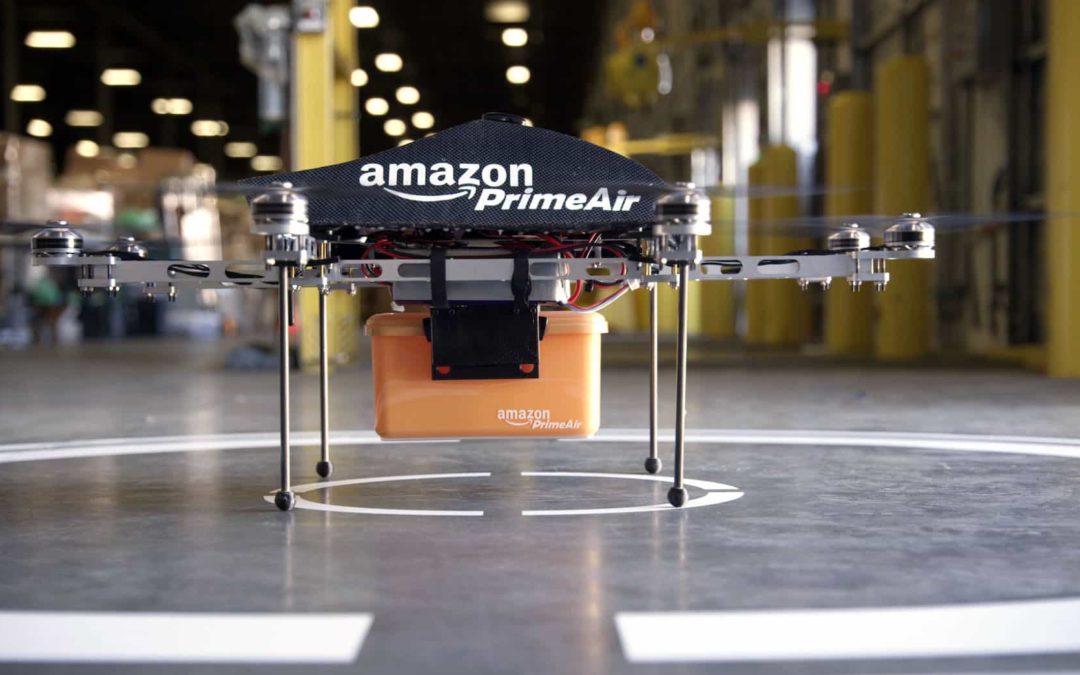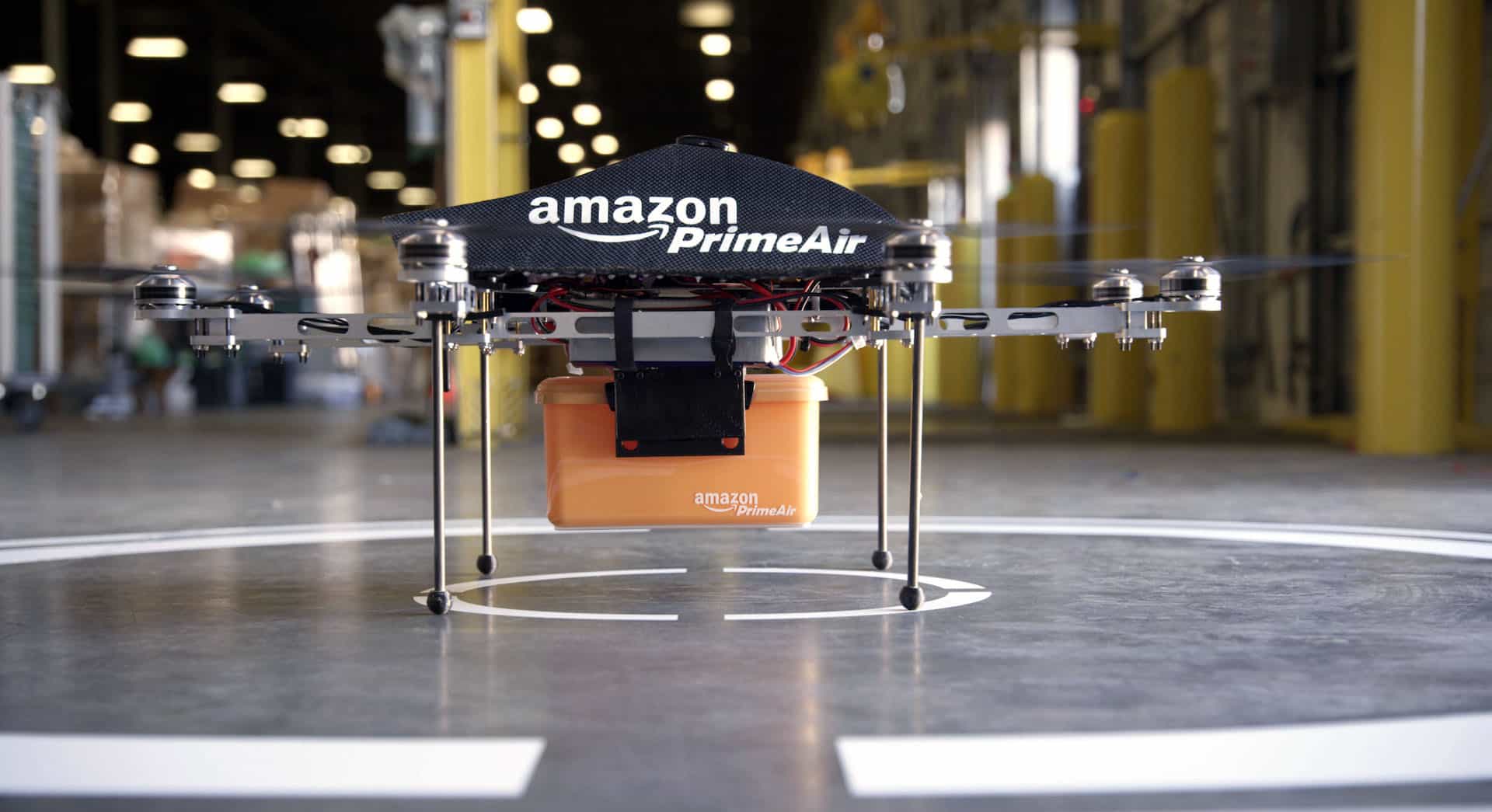
If you broke your online shopping record last year, you were not alone.
Online spending in the United States skyrocketed to $791 billion in 2020, a 32 percent year-over-year increase. E-commerce now accounts for around a fifth of total retail sales — and no other company controls a larger share than Amazon. So, when many states shut down in an attempt to control the spread of Covid-19, the stay-at-home orders didn’t include Amazon and other warehouse workers filling the tidal wave of online orders.
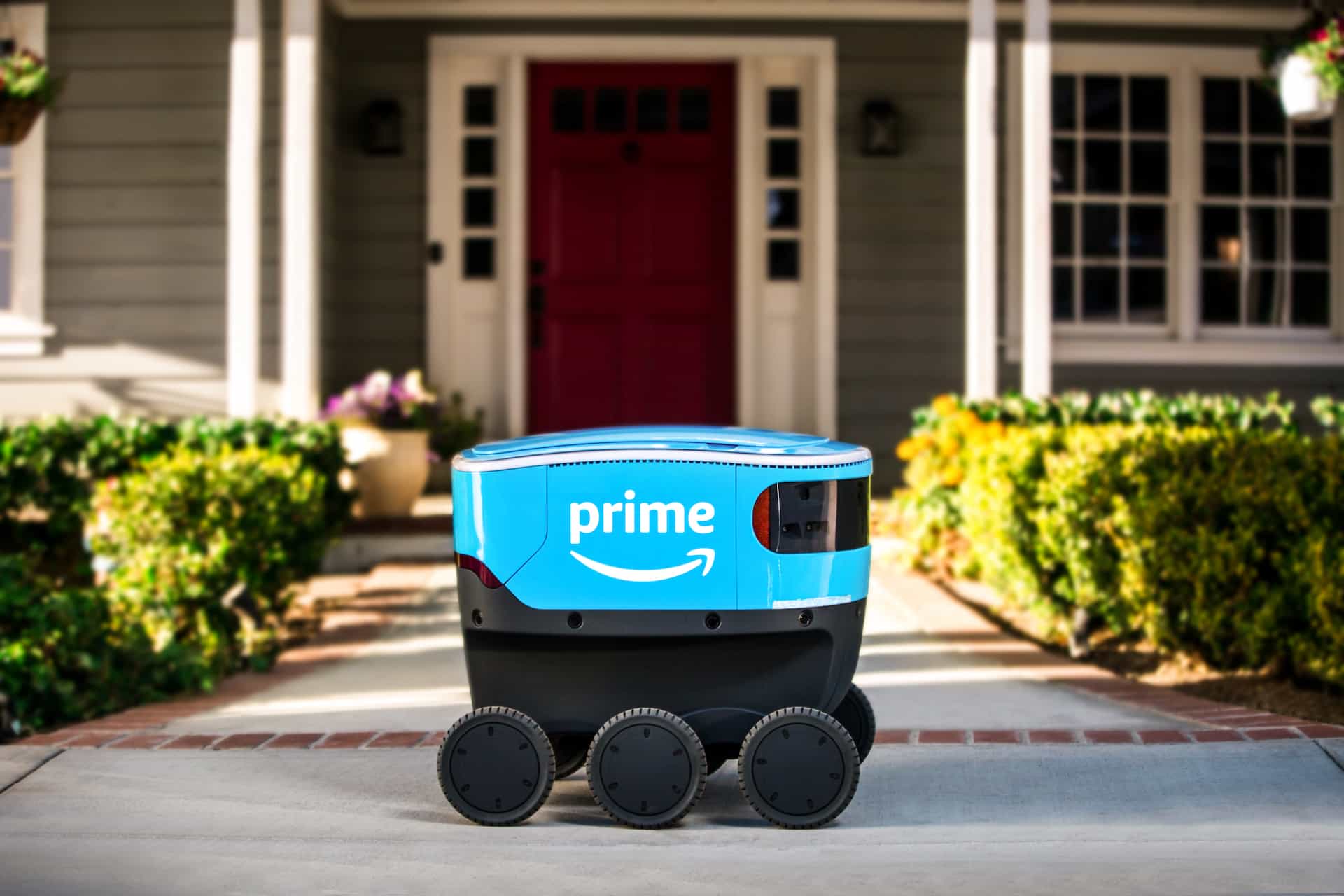
For millions of Americans, e-commerce became the tool of choice to safely order groceries, drugs, and other essentials during the pandemic. The ability to place an order from anywhere for almost any item, and have it appear on our doorstep within a day or two, whether we live in a rural area or city center, is now such an everyday convenience that we rarely consider the developments that made it possible. (The most random item I’ve ordered is a single package of floss.)
As Amazon now explores the next phase of innovation — floating warehouses, sidewalk delivery robots, 30-minute drone delivery — it only takes rewinding a few decades to find an entirely different reality. If the pandemic had hit in 1990, it’s easy to forget that none of what we today take for granted existed.
Yet, it’s the past that explains how Amazon has been able to emerge as the global e-commerce powerhouse, forever upending our shopping habits, says Bob Trebilcock, the editorial director of Supply Chain Management Review and executive director of Modern Materials Handling.

Bumpy start
In those early days, in the mid 1990s, a bell rang in the fledgling Amazon office anytime someone made a purchase. Then, as business quickly grew, the servers required so much power that Amazon founder Jeff Bezos and his wife couldn’t use a hair dryer in their house without blowing a fuse.
The early 2000s was similarly filled with mishaps as the organization didn’t always keep pace with growth; system outages shut down facilities for hours and, at one point, when the kitchen category was introduced, knives without protective packaging came tumbling down conveyor shoots.
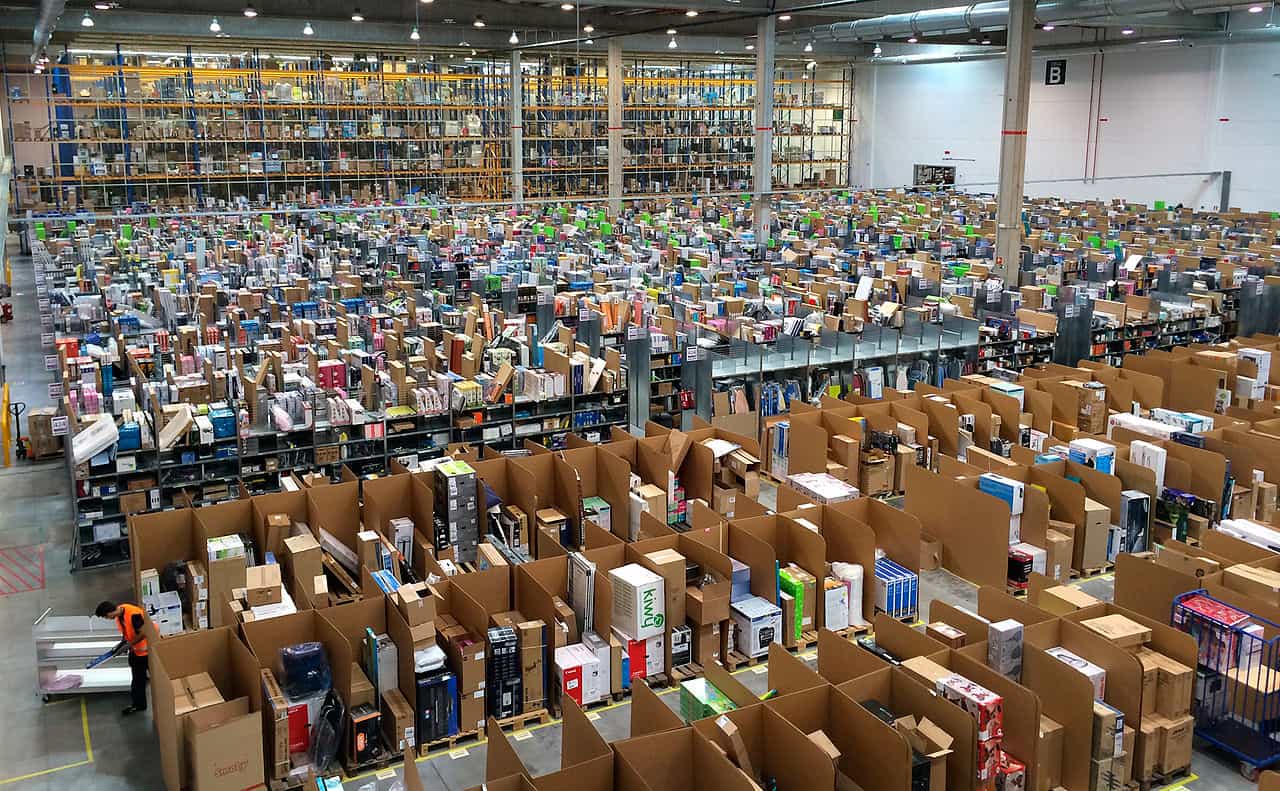
Little could anyone imagine then what Trebilcock would see as he last year stepped inside a newly opened Amazon robotic fulfillment center in North Haven, Connecticut. For a trade publication editor, he likened the experience to a sports writer meeting Tom Brady, the star quarterback.
But despite notable visuals such as 855,000 square feet of space, 2,500 full-time employees, and several thousand mobile, autonomous robots, Trebilcock says that’s not really what sets Amazon apart.
“I’ve been in other facilities that are just as impressive in terms of what they’re doing,” he says. “At the same time, when you dig deeper, they do things that nobody else does, but it’s not related to the order fulfillment operation itself.”
Huge footprint
The Amazon advantage, Trebilcock says, boils down to a superior ecosystem of scale and intelligence: more assets, more facilities, more data. In just a few decades, the company has systematically built out a network that has set the standard for consumer expectations.
With 100,000 robots, over 1 million employees, 185 global fulfillment centers, 100 million Prime members, 2.5 billion packages delivered annually, 10 million items available for free one-day delivery, a fleet of 50 planes, 30,000 branded delivery vans, and a burgeoning ocean freight operation, the sheer size of the operation is unrivaled.
The growing number of fulfillment centers has enabled Amazon to consistently up the shipping speed, simply by getting closer to the customers. If you live in select markets like Phoenix, Orlando, or Dallas, you may already have experienced shipping as fast as a few hours as new “mini-fulfillment” centers, introduced a year ago, speed up same-day delivery for 3 million items across several categories. How product is organized, though, remains a secret.
“Amazon does not disclose details of the inventory strategy,” Simeon Siegel, a retail analyst, tells CNBC. “Figuring out where a product sits before you buy it is a phenomenal mystery and something every reseller would love to know.”
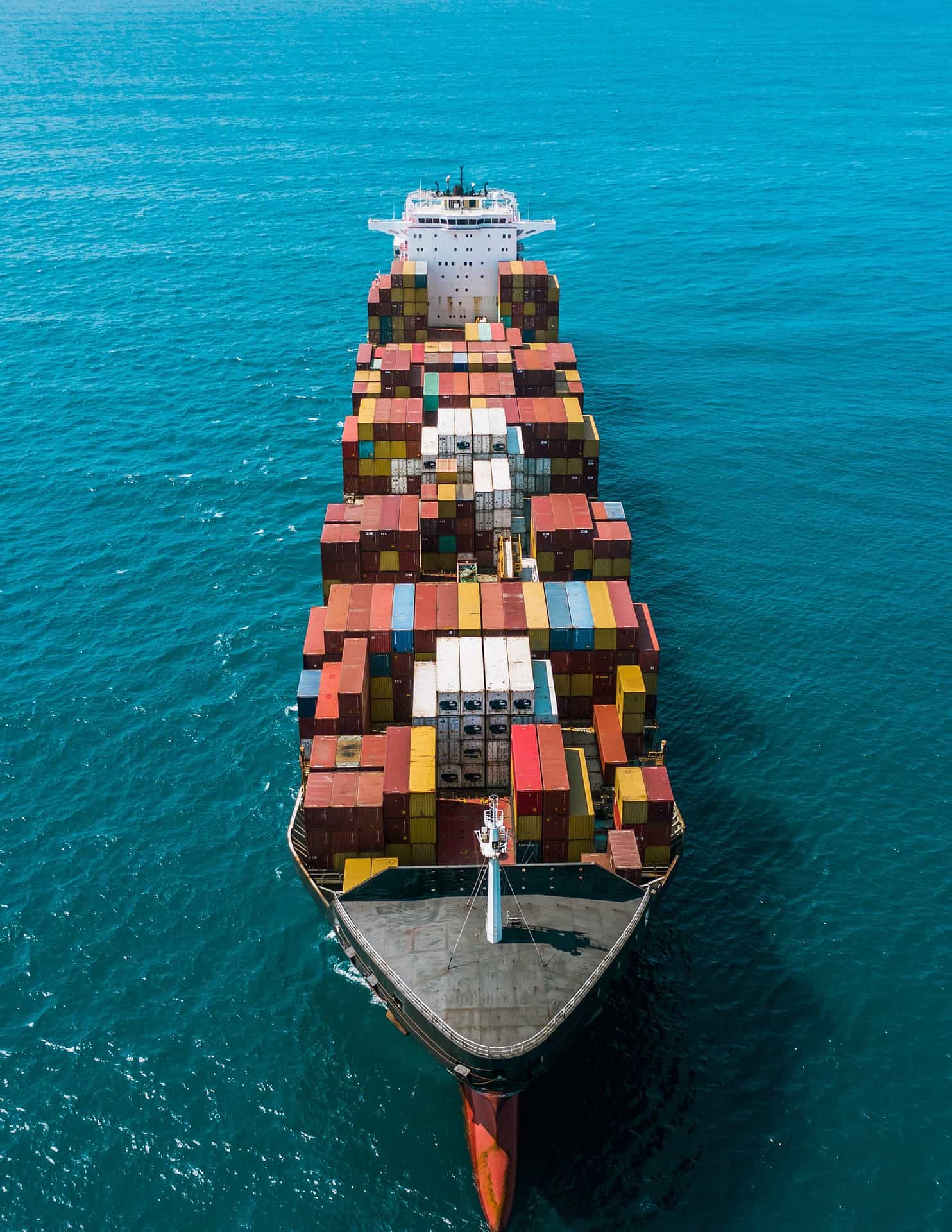
Enter AI
But the vast footprint is only part of the answer. The purchase of Kiva Systems (now Amazon Robotics) in 2012 put Amazon on the path of robotic fulfillment, cutting the time of each pick from 1 hour to 15 minutes. The e-commerce giant now operates 50 robotic fulfillment centers where robots bring the goods to the workers rather than having workers trek the aisles themselves. Again, robotic fulfillment is not unique to Amazon, but the algorithms now driving the robots, as well as the routing of delivery vehicles, are.
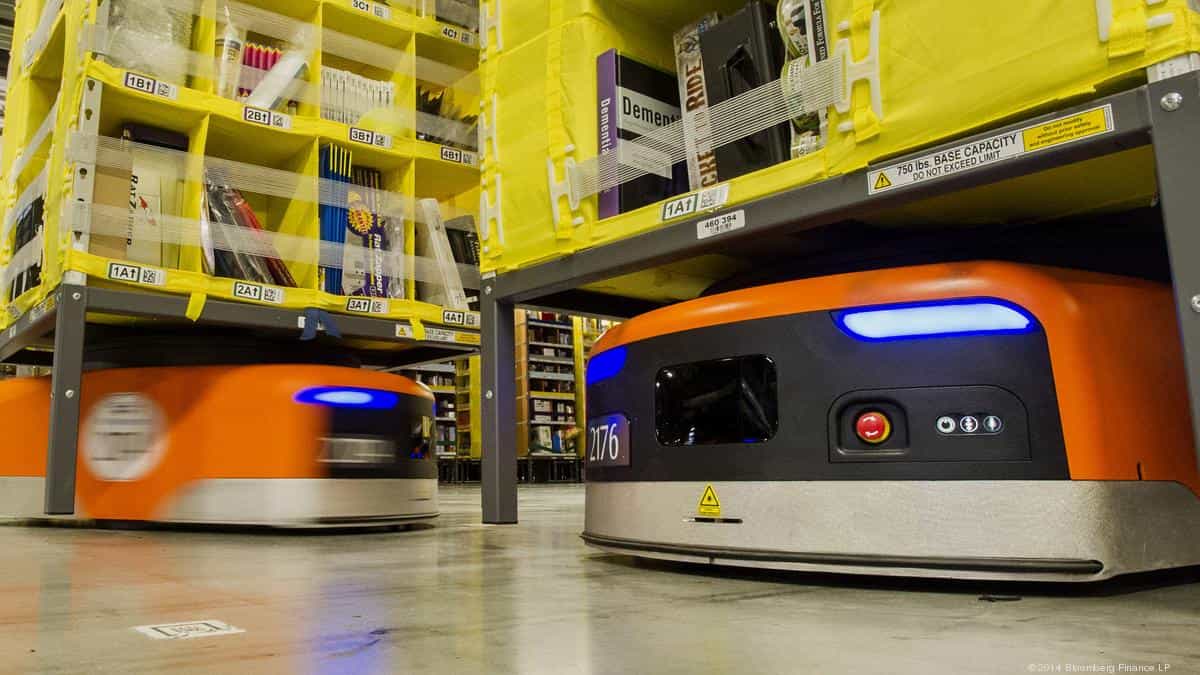
Amazon began leveraging deep learning artificial intelligence (AI) in 2015, drawing upon years of data to create algorithms that determine the allocation of millions of products across global fulfillment centers. Put to practice, it means that the item you don’t even know you want yet is waiting in a nearby warehouse for you to hit the order button.
“To do AI, you need lots and lots of data,” Trebilcock says. “Think about how long Amazon has been doing e-fulfillment — longer than anybody else — and the length of time they have been able to collect data. Second, they have more volume than everybody else that they can crunch, which means they have more opportunity to learn and optimize the network, from the point of manufacturing to the point of delivery.”
Perfection or ruin
The fulfillment center that Trebilcock visited has a throughput of one million orders a day during peak times. To the untrained eye, the scene is reminiscent of an amusement park for boxes. But amid miles of conveyor belts, totes, storage cubes, pick stations, and lights that highlight which shelf product should be picked from, Trebilcock made out several quality control steps that he had not seen elsewhere. Among them: Robots move all picked storage cubes in front of an array of cameras for analysis to ensure only the correct items were taken.
Achieving the “perfect order” is essential to Amazon’s focus on the customer experience, Trebilcock says. An erroneous delivery makes fast shipping moot.
“If I order a blue shirt, and you send me a green, it matters — you just ruined my night,” says Trebilcock. “So, to get it right when it’s just one order is important.”
Although Amazon’s dominance may seem unsurmountable, the competitors are reimagining their own supply chain networks to scale up without having to acquire or build more warehouses. Retailers like Target and Walmart are, for example, examining the viability of using their brick-and-mortar stores as fulfillment centers. E-commerce also offers promise to independent brands to reacha national audience, whether by joining Fulfillment by Amazon or leveraging third-party providers that have popped up to challenge the giants.
Trebilcock, whose wife ran a retail store in New Hampshire for over 30 years until retirement, is well aware of the challenges that local businesses face from the ever-increasing popularity of e-commerce.
“That’s the nature of the beast,” he says. “When it comes to ordering online, people are voting with their wallets.”

